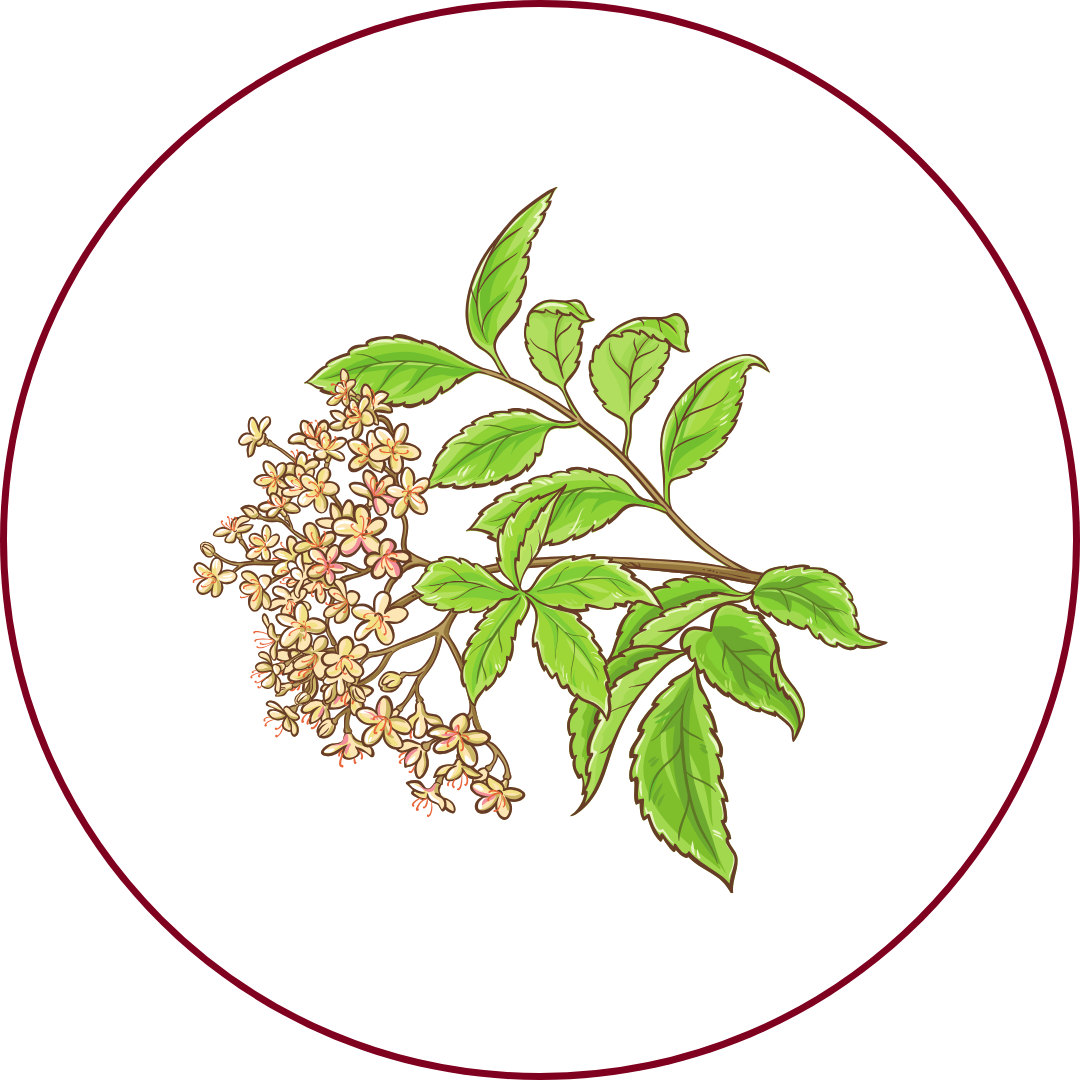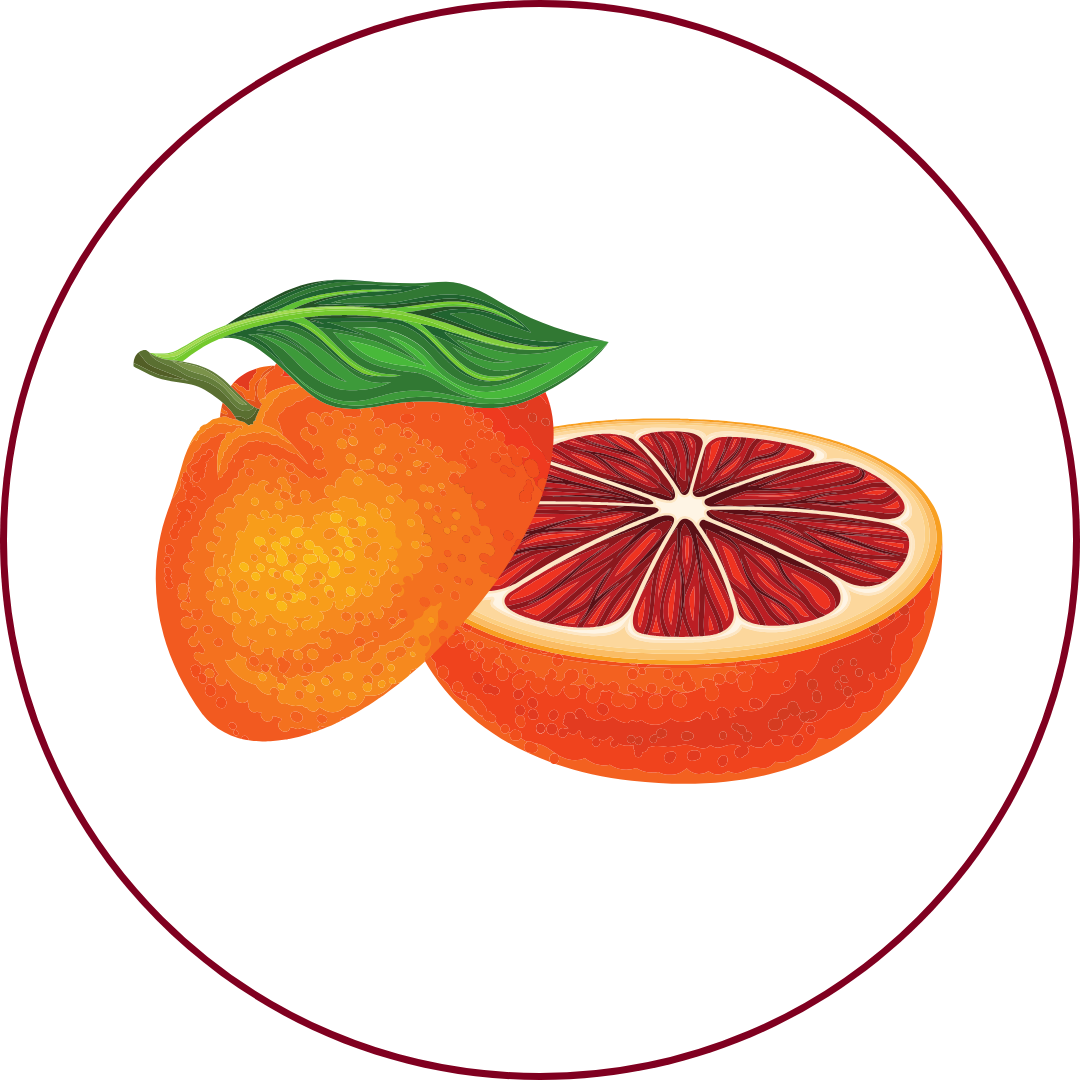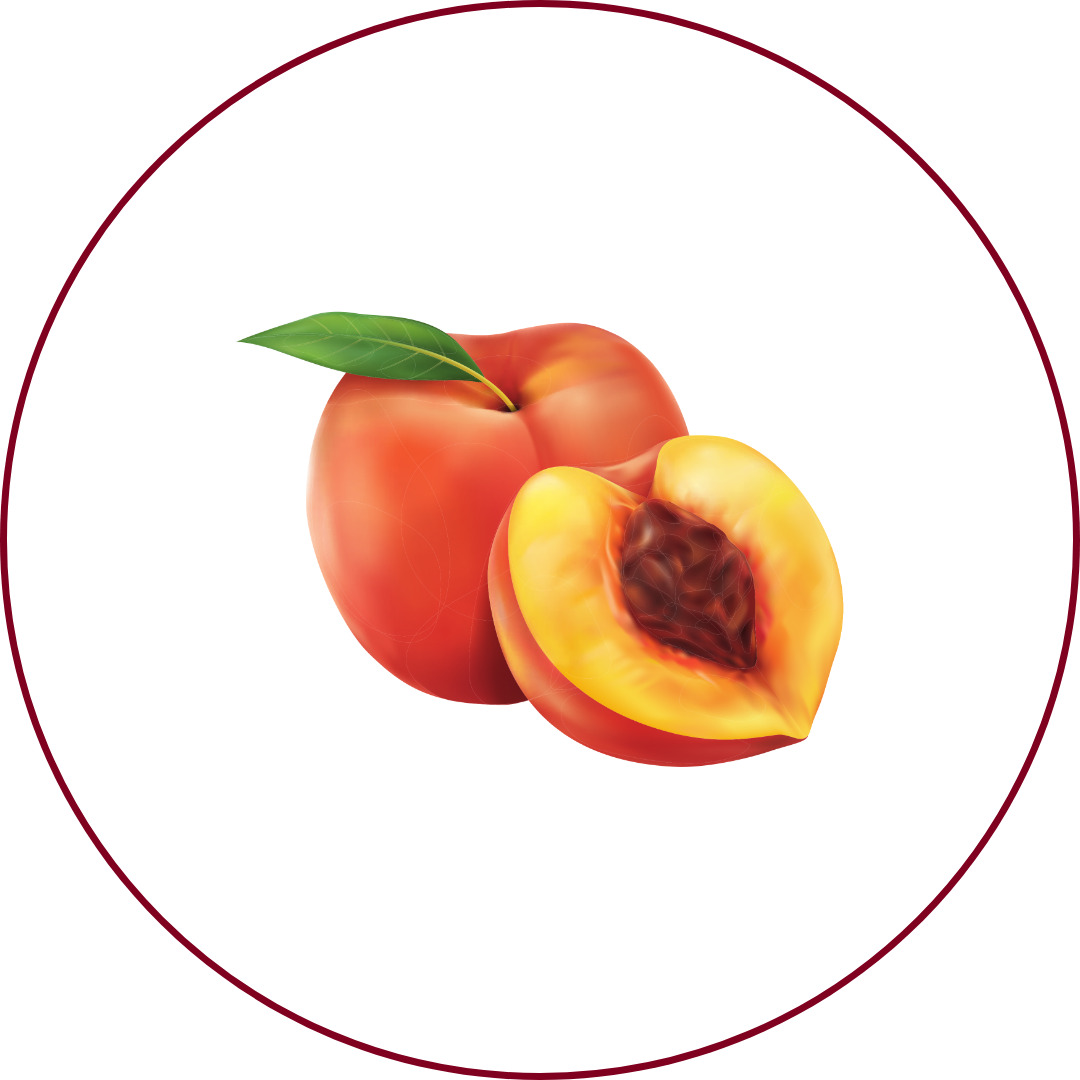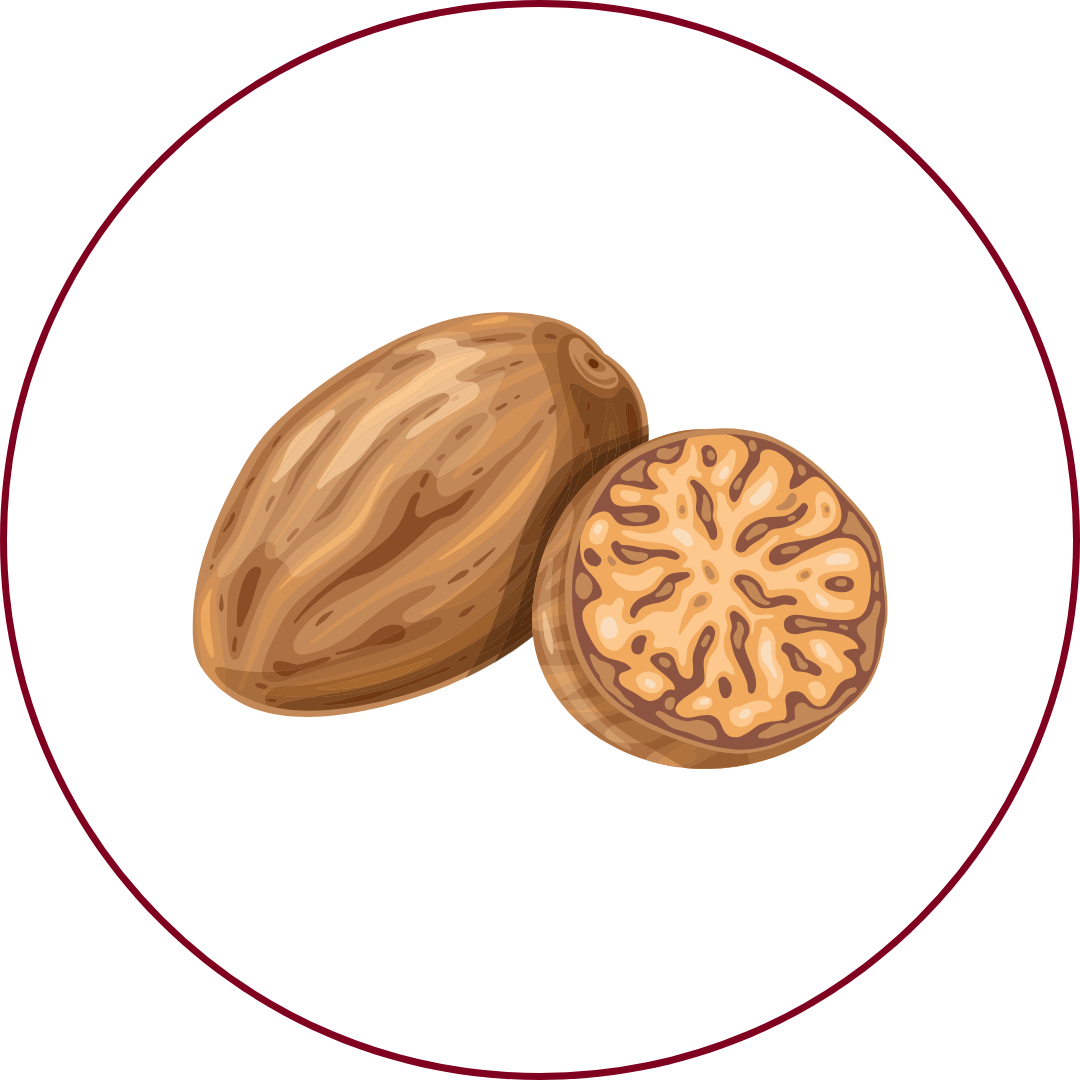Grape Variety
Gelber-Muskateller
"GEL-ber moo-ska-TEL-er"
Wine Styles
 Sparkling
Sparkling Light White
Light White Full White
Full White Aromatic
Aromatic Rosé
Rosé Light Red
Light Red Medium Red
Medium Red Full Red
Full Red Dessert
DessertAbout Gelber-Muskateller
Origin
Austria
History
Gelber Muskateller, known in French as Muscat Blanc à Petits Grains, is one of the oldest grape varieties in the world, with origins possibly tracing back to Italy or Greece. It has been cultivated in Austria since at least the 12th century and has gained popularity with consumers, especially towards the end of the 20th century, leading to increased plantings across all Austrian wine-growing regions.
Appearance
Medium-sized, round berries that are greenish-yellow (Gelber Muskateller) or flesh-red (Roter Muskateller) in color, with a muscat flavor.
Growing Traits
Gelber Muskateller is a challenging variety to cultivate, requiring warm, airy sites due to its high susceptibility to oidium (powdery mildew) and Botrytis. It is rot-prone and its yield is unpredictable because of a sensitive flowering phase. However, it makes little demands on the soil, which is advantageous to wine-growers.
Wine Characteristics
Body
2/5
Sweetness
1/5
Tannin
0/5
Acidity
4/5
Alcohol
2/5
Light-bodied with a delicate and aromatic profile, offering a refreshing and crisp palate. Typically dry, though some styles can exhibit a slight sweetness due to the grape's inherent aromatic qualities. Negligible tannins, as it is a white wine variety, resulting in a smooth and clean finish. Medium to high acidity, contributing to its vibrant and zesty character. Moderate alcohol content, typically ranging between 11% and 12.5%, ensuring a balanced and approachable wine.
Taste Profile

Elderflower

Grapefruit

Peach

Nutmeg

Orange Blossom
Gelber Muskateller wines are characterized by pronounced aromas of elderflower, grapefruit, and peach, complemented by subtle hints of nutmeg and citrus blossom. The palate is light and refreshing, with medium to high acidity providing a crisp and clean finish. These wines are typically enjoyed young to fully appreciate their vibrant aromatic profile.
Food Pairing
Gelber Muskateller's aromatic intensity and crisp acidity make it an excellent match for light appetizers, seafood dishes, and Asian cuisine. It pairs well with fresh salads, goat cheese, and dishes featuring aromatic herbs. The wine's floral and fruity notes complement spicy dishes, making it a versatile choice for diverse culinary traditions.
Growing Regions

Austria
Styria (Steiermark)Lower Austria (Niederösterreich)Burgenland

Germany
PfalzRheinhessen

Italy
Alto Adige (Südtirol)
Notable Wines & Producers
Gelber Muskateller Südsteiermark DAC
Weingut Gross
Gelber Muskateller Kremstal DAC
Weingut Berger
Gelber Muskateller Kamptal DAC
Weingut Bründlmayer
Gelber-Muskateller FAQ
Common questions about this grape variety
What is the origin of Gelber-Muskateller?
+
Austria
Is Gelber-Muskateller wine full bodied?
+
Gelber-Muskateller has a body level of 2 out of 5. Which means that Gelber-Muskateller is Moderate to Light bodied.
Is Gelber-Muskateller wine dry or sweet?
+
Gelber-Muskateller has a dryness level of 1 out of 5. Which means that Gelber-Muskateller is Dry.
Where is Gelber-Muskateller wine from?
+
Austria
Where is Gelber-Muskateller grown?
+
Gelber-Muskateller is grown in Austria (Styria (Steiermark), Lower Austria (Niederösterreich), Burgenland)Germany (Pfalz, Rheinhessen)Italy (Alto Adige (Südtirol)).
What is Gelber-Muskateller like?
+
Gelber Muskateller wines are characterized by pronounced aromas of elderflower, grapefruit, and peach, complemented by subtle hints of nutmeg and citrus blossom. The palate is light and refreshing, with medium to high acidity providing a crisp and clean finish. These wines are typically enjoyed young to fully appreciate their vibrant aromatic profile.
What does Gelber-Muskateller pair with?
+
Gelber Muskateller's aromatic intensity and crisp acidity make it an excellent match for light appetizers, seafood dishes, and Asian cuisine. It pairs well with fresh salads, goat cheese, and dishes featuring aromatic herbs. The wine's floral and fruity notes complement spicy dishes, making it a versatile choice for diverse culinary traditions.
What does Gelber-Muskateller taste like?
+
Gelber Muskateller wines are characterized by pronounced aromas of elderflower, grapefruit, and peach, complemented by subtle hints of nutmeg and citrus blossom. The palate is light and refreshing, with medium to high acidity providing a crisp and clean finish. These wines are typically enjoyed young to fully appreciate their vibrant aromatic profile.
Take Gelber-Muskateller Knowledge with You
Access detailed grape profiles, tasting notes, and pairing suggestions on your iPhone.
Download on theApp Store